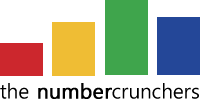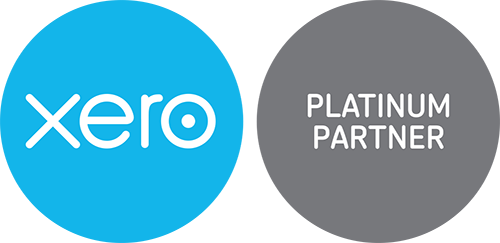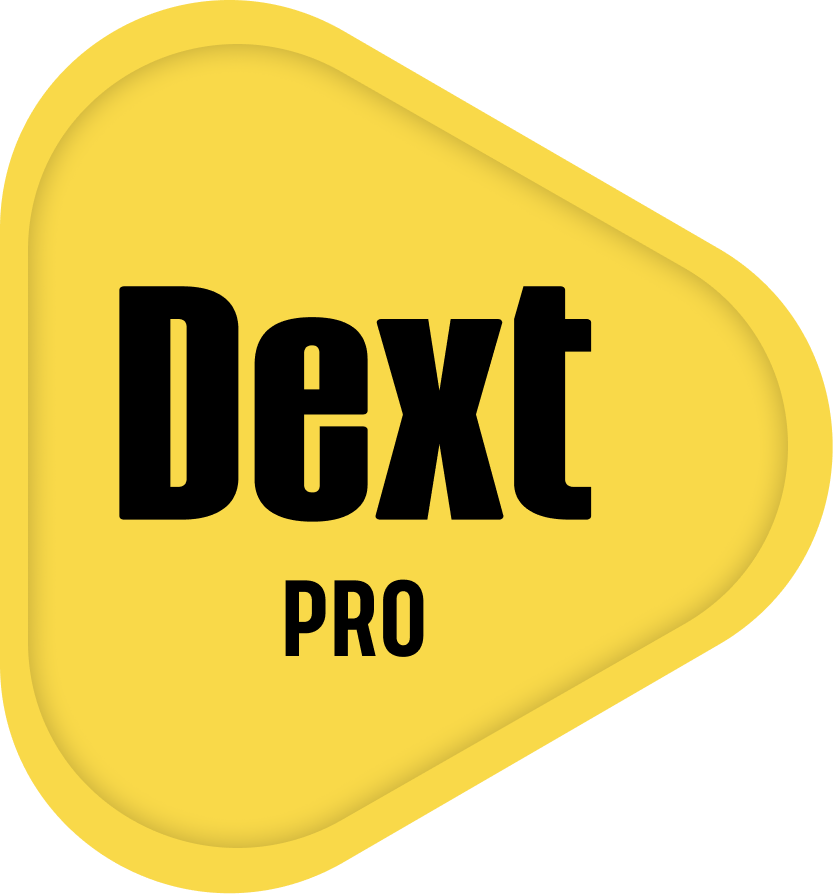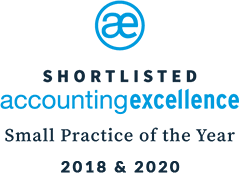HMRC has launched a new "Help for Hustlers" campaign to help people who are earning extra income, figure out if they need to pay tax on the additional earnings. The campaign runs until the end of March and focuses on five key areas where tax might apply:
- I’m buying or making things to sell.
- I’ve got a side gig.
- I work for myself with multiple jobs.
- I’m a content creator or influencer.
- I rent out my property.
The good news is there are two £1,000 tax allowances — one for property income and one for trading income. If you have both types of income, you can claim £1,000 for each.
- Trading Allowance: If you make up to £1,000 from self-employment, casual services (like babysitting or gardening), or renting out personal equipment (such as power tools), this income is tax-free and does not need to be declared.
- Property Allowance: If you earn £1,000 or less from property-related activities (like renting out a driveway), you do not need to report it to HMRC or include it in your tax return.
These allowances cover all relevant income before expenses. If your income is under £1,000, it’s tax-free. If you earn more than £1,000, you can choose to either deduct the £1,000 allowance from your income or list your actual expenses when calculating your taxable profit.
However, if your side hustle income goes over £1,000 in a tax year, you may need to complete a self-assessment tax return. Keep in mind this only applies if you are actively trading or selling services. If you are just clearing out some old stuff and selling it, there is usually no need to worry about tax.





